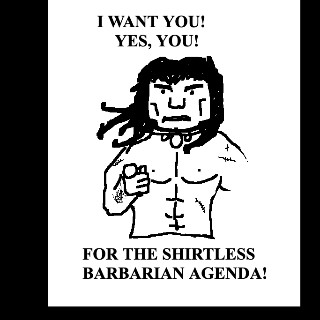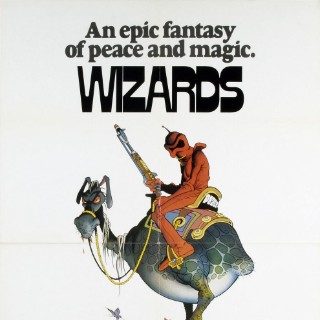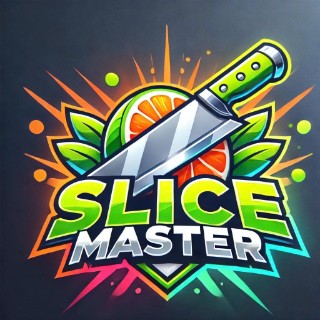Hello all,
If were going to be talking WW1, we need to start discussing Arty. Many changes happened with artillery over the course of the war...I would love to see a multi part kit that can create at least 3, maybe up to 5 different guns. Maybe do something along the lines of Light, Medium, Heavy boxes. At the very least, a box of Mortars. I am aware that people have been discussing support weapons...could toss it in that box which would be awesome, similar to Support weapons for Bolt Action. This may create a larger discussion on history and im sorry if that happens. Going to re-state, I would love to see boxes of Artillery haha.
Mike
In most 28mm games artelliry would be offboard or mostly just terrain. mortars and machine guns would be good for emplacements and heavy weapon units, but larger guns wouldn't see much use on the frontlines.
I do agree with you about being offboard, but the great war was the evolution of arty. The weapons used from start to finish changed greatly. Early war arty would be great to see, could still be on the board, end war guns offboard.
I hate using this as an example but...Lets take 40k as an example - the Basilisk. 96 inches range, with a minimum of what, 24 or 48? (Havent touched it since 5th edition) . Its one of the largest guns the guard have..and still sees action on the board and lets not forget the medusa. A clever rule set could totally include the arty in all shapes and sizes...the big stuff would be on the long ends, but could still be used. Besides, it was the best defense against tanks. Need field guns at a minimum.
@Michael Scott
Great name, by the way. I can see pieces like the French 75, the British 18 pounder and the German 77, but not much bigger than that. I think that the French 37mm infantry gun and the German 37mm anti-tank gun would be a good choice,being small enough, and these were used in the front lines as well
Only the smaller end of field artillery would make sense. Heavy guns were positioned well back from the front lines and only vulnerable to other off-map artillery and planes. You need *rules* about the effect of heavy gun bombardment, but not tabletop models. WW1 had no SPGs - the 40K examples cited are analogues for *WW2* mobile artillery vehicles.
As a further point... the allies had little to no need to develop anti tank guns in WW1, and so effectively didn't. The Germans only built 20 rather crap tanks, alongside some use of captured Allied tanks. At no point were they a concern - and the best counter to those that did pop up were Allied tanks with guns, such as the "Male" versions of the British designs, or the Renault FT with 37mm gun.
The smaller field guns were intended for shooting infantry; only the Germans designed a specialist anti-tank gun (the 37mm one that Mark Hoffman mentioned).
I would tend to agree that mortars and heavy machine guns would be much more prevalent (and therefore sell more) and that large artillery is best used via off board game mechanics but there may be a place for large artillery as terrain and/or objective markers.
Part of wargaming is “What If....” scenarios. I can see a WW1 version of The Guns of Navaronne being a fun scenario.
My logic was that most WW1 games would be trench warfare, with small groups of soldiers, and thus falling into the skirmish/man on man game size. But I guess some people would play larger games with 28mm models.
There are also various things like Back of Beyond style interwar pulp setting games. Dieselpunk. 40k kitbashing. Lots more possibilities than just trenches.
The United States Army did experiment with the concept of a single supporting gun to accompany a battalion on the attack. It was not a successful tactic because of the difficulty moving it forward. They used the horse-drawn French 75mm, which was designed to be a light, direct fire weapon. There was an article published about it by a friend of mine about a decade ago but it looks like it has dropped off the internet so I cant link you to it.
The intention was to have a gun available to fire directly at pillboxes or other hard points of resistance.
It is more effective to work around obstaces like that and use grenades.
"rea;" artillery was way too far back. But you could do some of the lighter 'support weapons' 37mm gun, and the many various grages and nminnenwefers. Even a 75mm would be so far back ont he table as to make a model needless.
I was looking at some 72nd scale kits because I also do that scale, and I was thinking of scenarios that could involve artillery on the front line. We think of guns being far behind the line but actually there are lots of occasions where the front line comes to the guns - when the enemy is breaking through.
Here is a link to images of German guns captured by Canadians at various times:
https://www.silverhawkauthor.com/post/artillery-in-canada-german-first-world-war-artillery-historic-photos-of-the-guns-captured-by-canadians
and interestingly, you will see that these were often French Guns that were captured by Germans and then recaptured later. Some fighting probably occured on some of those occasions and it would make a great skirmish scenario. The gun itself would not necesarily take part in the action but would be a great objective.
The Gemans would have captured guns during Verdun, and also in the 1918 spring offensive.
I think a 7.62cm Infanterie Geschütze kit would nicely complement the WGA WW1 German Infantry set. They pushed those guns up so they are not completely out of place on a 28mm battlefield.



As mentioned several times, other artillery pieces would work well as objectives.

Here's a WW2 scenario (the knocking out of the artillery battery at Brecourt Manor made famous in "Band of Brothers") that is easily adaptable to a WW1 game. For instance substitute German Stormstroopers for American Paras and French 75 gunners for the German artillerymen and away you go.



(Scenario from Warlord Game's "Campaign D-Day: Overlord" book.)
@JTam
Hi there JTam, I was taking a closer read at the piece you scanned about German artillery. What was that from? Was it a gaming supplement? They really did their homework. I was impressed with what they wrote about recruitment because I think it is important to emphasize. Actually before the war you could volunteer at age 17 but you wouldn't actually be drafted until age 20.
As they mentioned, budget restrictions meant they could only draft half of the eligible male population before the war. Men who weren't called up during their class were enrolled in a body called the Landsturm. When casualties mounted those men were the first to be called up and trained as replacements. By fall 1917 though they were calling men up 2 and a half years early so then you did have 17 year olds getting drafted.
In France, they drafted closer to 70% before the war. You only escaped service if you were physically or mentally infirm. There was no provision for conscientious objectors; you went to disciplinary companies in North Africa if you refused to serve. Even priests were drafted as infantry.
@Allan Lougheed
Really interesting stuff. Thank You.
The above excerpts where from:

A good read.
Ok thanks! I should have known! I don't have that one so maybe I should pick it up.
@Michael Scott You can always direct fire your arty. Just because it can go for miles, doesn't mean you can't just point and shoot. :)



















